Top 10 Interesting Facts about Gorillas
Humans have long been fascinated by gorillas, and for good reason, they are the world's largest living primates. But gorillas are frequently misrepresented in ... read more...popular culture. The way gorillas are portrayed in television and movies gives the impression that they are hostile, stupid, and frightening. Although gorillas may defend themselves violently and with great strength, they are also extremely clever and family-oriented animals. Unfortunately, all gorilla species and subspecies are either critically endangered or endangered. There are the ten most interesting facts about gorillas you should not miss!
-
The cross-river gorilla, mountain gorilla, western lowland gorilla, and eastern lowland gorilla are the four subspecies of gorillas. The Congo basin is home to all species but in slightly varied regions.
The cross river gorillas, which number barely 250, weren't counted until the 1980s, and it wasn't until 2009 that footage of them was obtained. At the source of the cross river, in the hills between Nigeria and Cameroon, they reside. Since humans have encroached on their native environment, which has resulted in a major drop in the number of these lovely animals, cross river gorillas also reside in areas where humans are highly populated.
Of all the subspecies, the western lowland gorilla is the most numerous; there are roughly 100,000 of them in the wild. They live in marshes and lower elevation woods in central Africa.
Mountain gorillas (approximately 1,050 individuals) and eastern lowland gorillas are two species of gorillas found in the east (fewer than 4,000 individuals, down from 17,000 in the 1990s). The largest of the gorilla species, eastern lowland gorillas have less hair than their mountain counterparts. Since they can only be found in the jungles of the eastern Democratic Republic of the Congo, eastern lowland gorillas are the most difficult to locate (DRC).
Since they reside in the cloud forests of the Virunga Volcanoes at higher heights and colder climates, mountain gorillas have the most hair of the species.

Photo: https://seaworld.org/ 
Photo: https://www.berggorilla.org/ -
One of the closest living cousins to humans is the gorilla, with whom they share 98.3 percent of their DNA. The World Wildlife Fund claims that the bonobo and chimpanzee, which share 99 percent of our genetic makeup, are the closest relatives. Since they have such a tight bond, gorillas and humans have a lot in common. Despite having a thumb-like finger on their feet, their hands are remarkably similar to ours in that they have a thumb-like finger. They are one of the few animals except humans that can hold objects and use tools. They also have small eyes and hairless faces. They walk upright, but because of their long arms and short legs, they frequently knuckle walk to get around.
Also, gorillas appear to be very intelligent. This intelligence may have certain emotional components. While some experts contend that gorillas only seem to experience human emotions, others are sure that these enormous primates are capable of feeling emotions like happiness and grief. It is thought that they respond to human laughter similarly. Gorillas greet one another with fondness, sometimes even giving each other hugs.
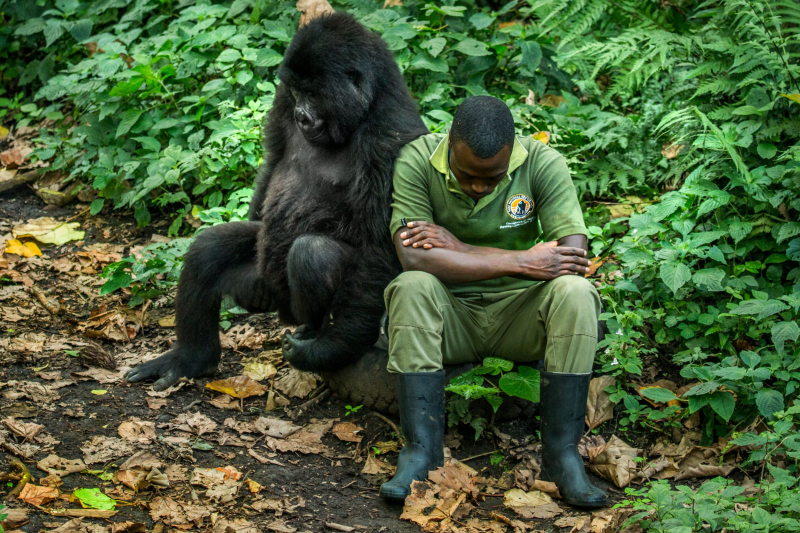
Photo: https://www.ugandarwandagorillatours.com/ 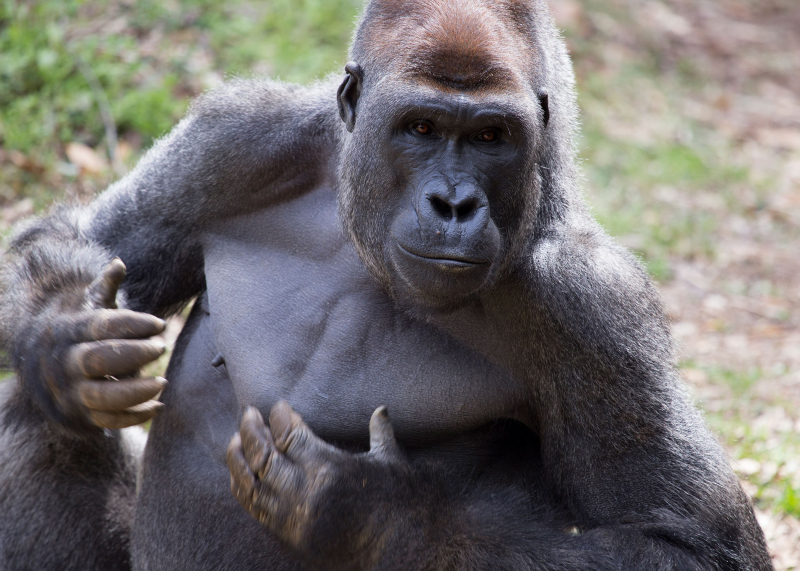
Photo: https://news.uga.edu/ -
An adult male reaches sexual maturity at the age of 12 or 13, at which point it acquires a silver patch of fur on its back. Male gorillas live in groups called "troops", which are typically composed of at least one female and frequently more. Even if younger males are tolerated and permitted to remain in the troop, the silverback mates with every female in the herd. A troop may cover up to 16 square miles (41 square kilometers) of land, and they are known to spend a lot of time wandering, eating, grooming one another, playing, and perhaps even quarreling. The Silverback is in charge of planning the troop's route, mediating disputes between gorillas, locating food, etc. The troop often disperses when the silverback passes away, though occasionally a young silverback will swoop in and assume the dead silverback's position in a troop.
Male Silverback gorillas will risk their lives to protect their troops. There aren't many predators for gorillas; humans are the primary gorilla murderer, though there is some evidence that leopards have also attacked gorillas. Although gorilla remnants have been discovered in leopard scats, it's possible that they came from a leopard scavenging a deceased gorilla.
When a human, an outside gorilla, or another animal threatens a troop of gorillas, the dominant male who is the leader will take the initiative and combat the intrusion. These disagreements are generally resolved by yelling and chest-beating, among other threatening behaviors. Silverbacks are capable of dying in battle, and they do it regularly. When provoked with hostility, other animals often back off to prevent actual physical conflict.
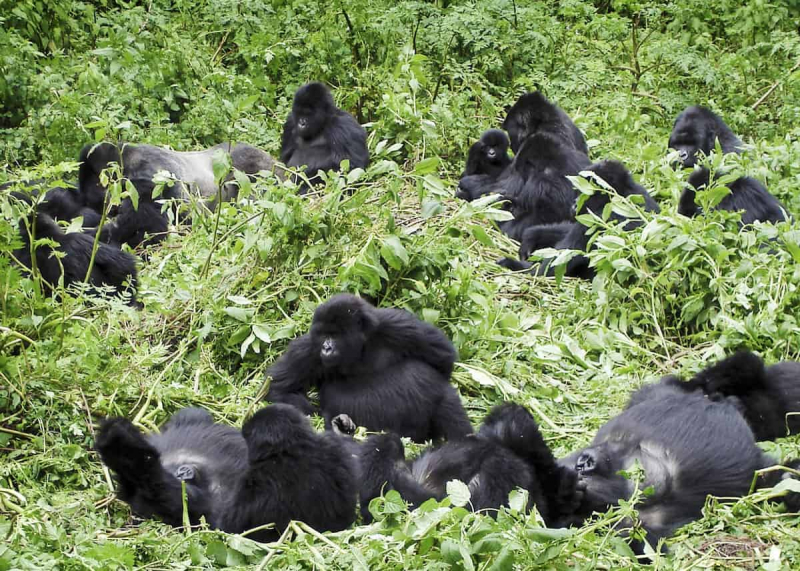
Photo: https://storyteller.travel/ 
Male Silverback gorilla - Photo: https://storyteller.travel/ -
Western lowland gorillas have been observed utilizing tools in captivity as well as in the wild. Wild gorillas have only been observed using tools a few times, likely because they spend so much time in forested locations where they are harder for people to watch, but some scientists believe they are frequent tool users. A female gorilla once used a stick to gauge the depth of the water and once as a walking stick to cross deep water. They have also been observed utilizing a log to build a bridge over water.
In captivity, gorillas have been observed utilizing sticks in a variety of ways, including knocking food from trees, threatening other gorillas, making snowshoes out of scrap materials, and building ladders out of logs to climb over obstacles, and more. This is considered one of the most interesting facts about gorillas.

Photo: https://www.berggorilla.org/ 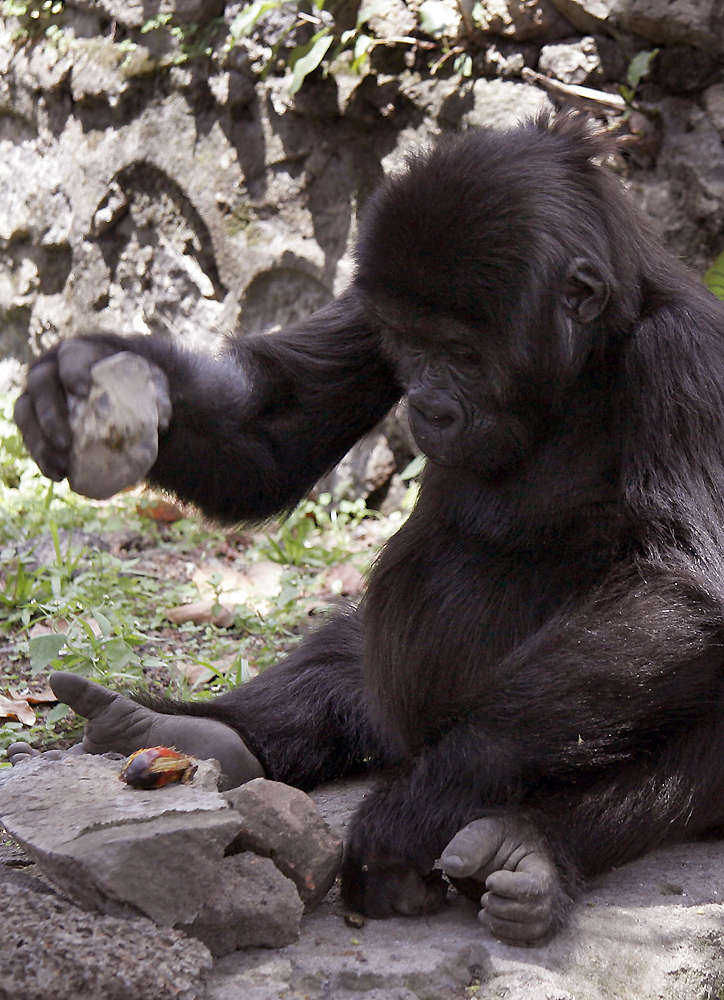
Photo: https://www.nbcnews.com/ -
The largest primate, which includes humans, is the gorilla. They typically average up to 440 pounds, although records show that they can weigh up to 485 pounds. When they are standing upright, they are 4-6 feet tall, but because of their broad shoulders, they are also very wide. The eastern lowland gorilla is larger than the western lowland gorilla, which tends to be smaller. The largest gorilla ever recorded as of 2014 was Phil, a gorilla at the St. Louis Zoo who weighed 860 pounds and stood just under six feet tall, according to Fox News.
Gorillas have vast, complicated digestive systems that enable them to ingest mostly vegetation, including some forms of wood, explaining their massive, spherical bellies. Their strong arms and backs allow them to lift, push, and strike much more forcefully than a person of the same size. This is made possible by their muscular, broad chests and extended arm width, which can be up to a foot larger than that of humans. Undoubtedly extremely powerful, a mature gorilla may be up to ten times more powerful than an adult male. Banana trees may easily be torn down by gorillas, and their bite is nearly twice as powerful as a lion's. They have also been known to bend metal bars to escape from cages.

Photo: https://www.safaris-uganda.com/ 
Photo: https://www.primatespark.com/ -
Similar to humans, gorillas have distinctive fingerprints (and toe prints), which can be used by researchers to distinguish between gorillas when they are researching them. They possess an opposable thumb, just like humans, which allows them to grab and grasp objects to a similar extent.
Gorillas can control objects with their hands and feet while still being able to stand erect since they, unlike humans, have an opposable big toe. Despite this, they choose to move around more on their hands. Scientists once believed that having opposable big toes would preclude bipedalism, but fossil evidence reveals that humans lost our opposable big toes later in evolution, after early humans began walking upright and demonstrating that it is possible to walk with opposable toes, as demonstrated by gorillas.

Photo: https://www.quora.com/ 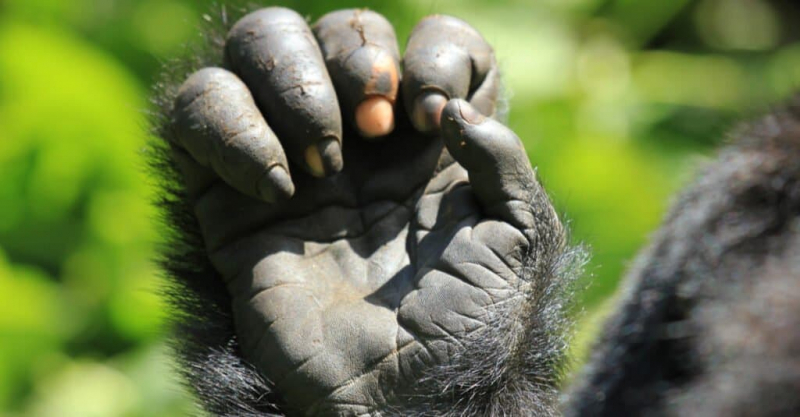
Photo: https://a-z-animals.com/ -
One of the most interesting facts about gorillas is their reproductive lives are similar to humans. Female gorillas typically have periods every 30 days, and like humans, they can become pregnant at any time of the year (most other animals have less frequent, seasonal estrus cycles). By the time they are seven or eight, females are sexually mature. However, infant gorillas grow roughly twice as quickly as young humans, and they can get pregnant at around age 10. Even later, the men reach sexual maturity. A woman typically only gives birth to one child every four to six years when she becomes pregnant. A typical gorilla's lifetime yields three to four offspring at most.
Gorillas have an 8.5-month gestation period, and their young are just like human infants: extremely delicate. For the first five months of their lives, gorilla infants remain physically close to their moms, who continue to milk them for many years. Young gorillas aren't weaned until age 3 or later and don't start spending a lot of time apart from their mothers until a year and a half after birth. Until they are old enough to cling to their mothers' backs, babies will be carried on the mother's chest. When the adults are taking naps, their young, who are frequently highly lively, will run around and play. They primarily eat while the adults are awake.
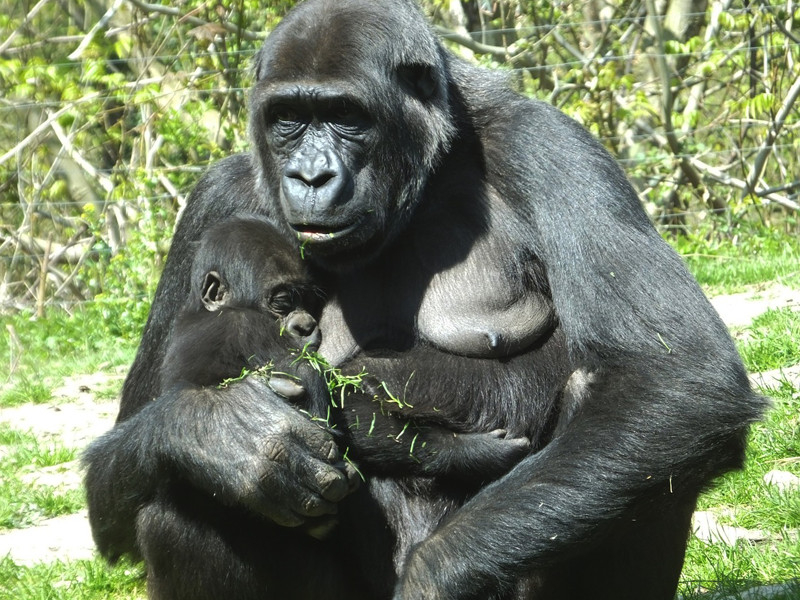
Photo: https://www.gorillas-world.com/ 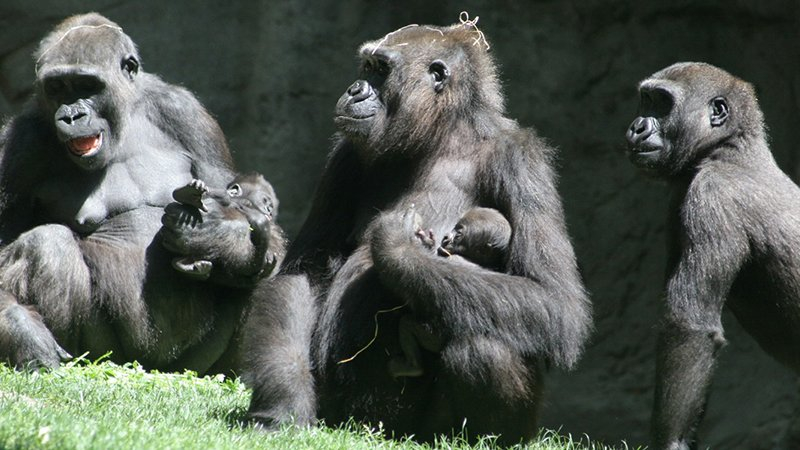
Photo: https://africaadventurevacations.com/ -
Gorillas take great care of their bedding and spend at least 12 hours a night sleeping. A gorilla almost always makes a fresh bed each night. In actuality, just 4% of the time is thought to be spent reusing beds from earlier in the day. They may construct a new nest in about five minutes, generally on the ground but occasionally higher up in a tree. On rare occasions, they can even construct day nests. Simple nests are enjoyed by gorillas for comfort. Typically, twigs, leaves, and other nearby vegetation are used to build nests. They constantly rebuild their nests because they wander around in search of food, which improves the reduction of pests that enjoy nest-like material in many species.
The nest is where newborn gorillas sleep, play, cuddle, and receive grooming from their moms. They share the nest with their mothers until they are about 3 years old or until she has another baby.
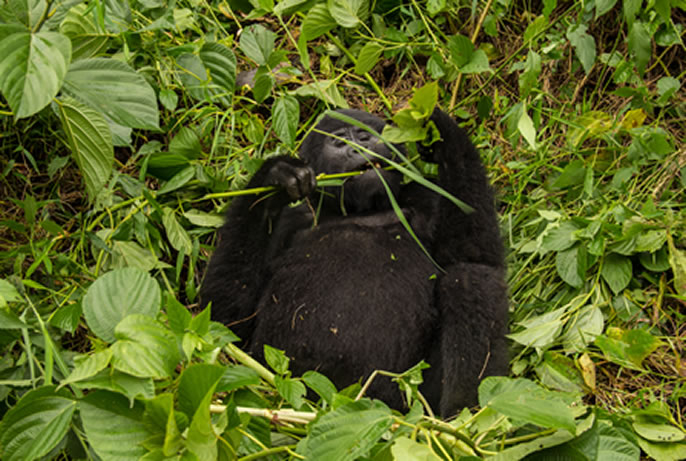
Photo: https://www.wildgorillasafaris.com/ 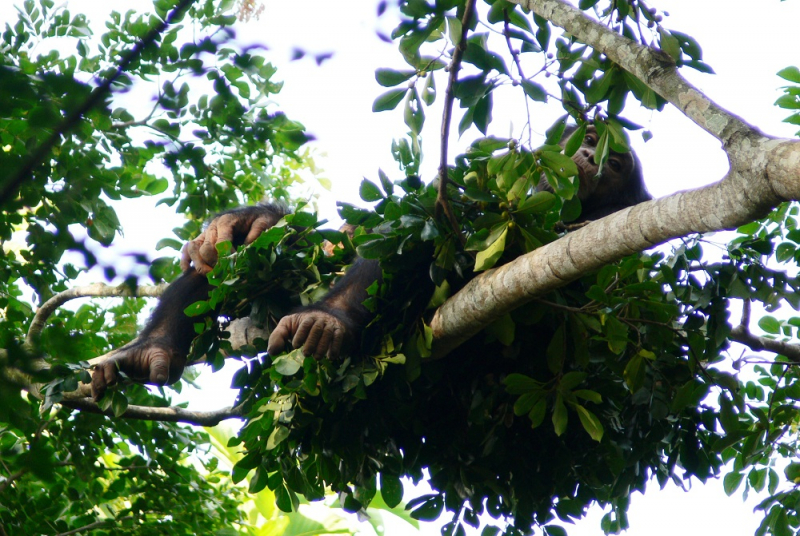
Photo: https://www.livescience.com/ -
Captive gorillas benefit from human medical care, which is one of the most interesting facts about gorillas. The majority, if not all, of the behaviors seen in their wild counterparts, are displayed by captive gorillas. Even when being taken care of by people, they construct nests, engage in the same social interactions, gather and prepare food, use tools, and vocalize in the same manner.
Gorillas kept in zoos, like those at Zoo Atlanta, exhibit additional behaviors like engaging with their caregivers as part of voluntary enrichment training programs. Gorillas can take part in these programs at their discretion in activities that improve the welfare of all animals. Gorillas, for instance, can voluntarily submit body parts for physical examinations, accept injections such as flu and tetanus shots, and even voluntarily submit their chests for echocardiograms to check on their heart health. The gorillas can take part in their care thanks to all of this.
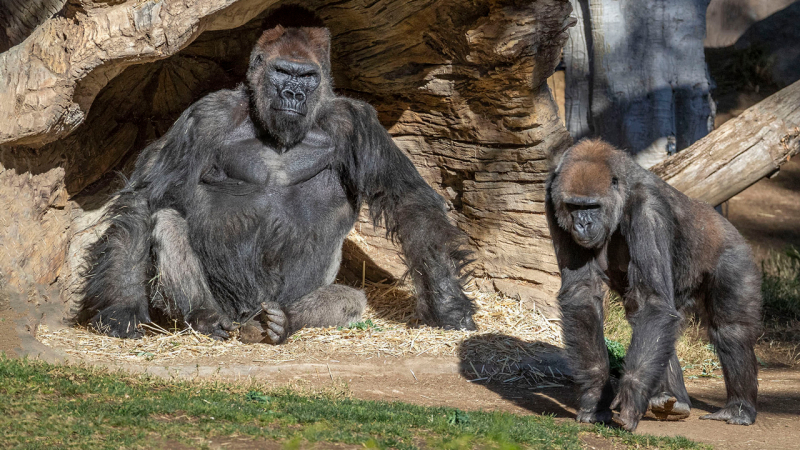
Photo: https://www.science.org/ 
Photo: https://www.courier-journal.com/ -
Even though all gorilla species are in danger, there is yet some hope. In the wild, gorillas confront a variety of dangers, including sickness and the bushmeat trade, but habitat degradation has a particularly negative impact on their populations. Gorilla populations are being forced into ever-tinier areas of land by industries like agriculture, forestry, and mining. Due to poaching and habitat devastation, mountain gorilla numbers had fallen to about 600 by 1989, but aggressive conservation efforts have since brought that number up to more than 1,050. Poachers and habitat destruction pose a threat to the eastern lowland gorilla. It is exceedingly challenging for the guards in Kahuzi-Biega National Park to keep the visitors safe because of the continuous civil violence in the area.
Although there are more western lowland gorillas than any other subspecies, they lose an estimated 5% of their population annually for three main reasons: Baby gorillas are abducted from their parents and sold as pets, and they are murdered for human consumption as bushmeat. They also have portions of their bodies employed in mystical charms. The destruction of their rainforest habitat due to logging of the trees is another hazard. Last but not least, gorillas are prone to many of the same illnesses that affect humans, and Ebola has wiped off up to one-third of the wild western lowland gorilla population.
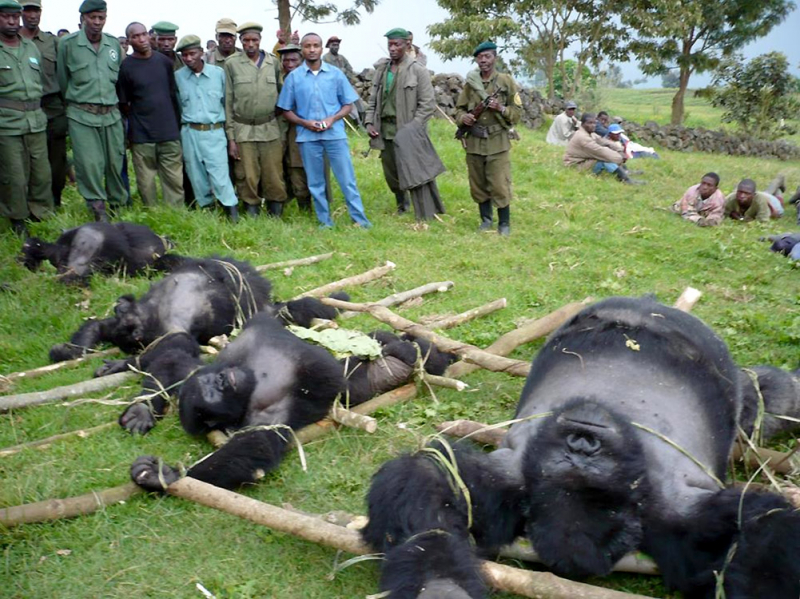
Photo: https://wwf.panda.org/ 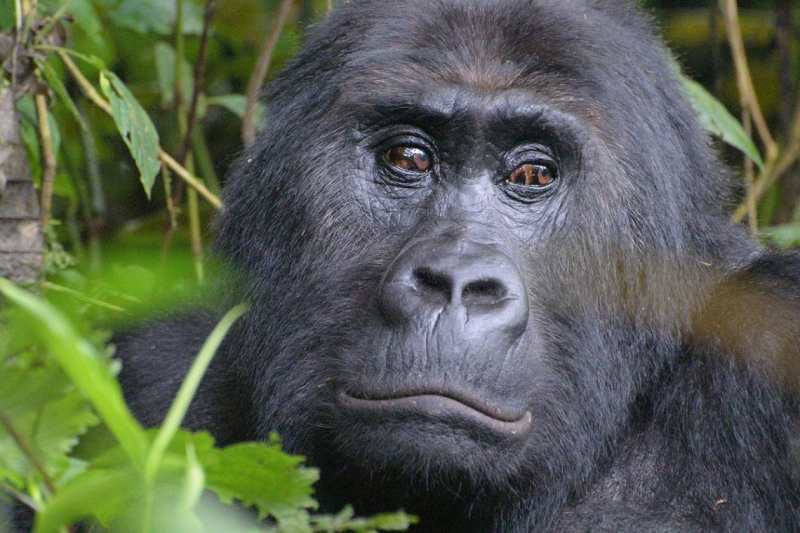
Photo: https://www.lifegate.com/































